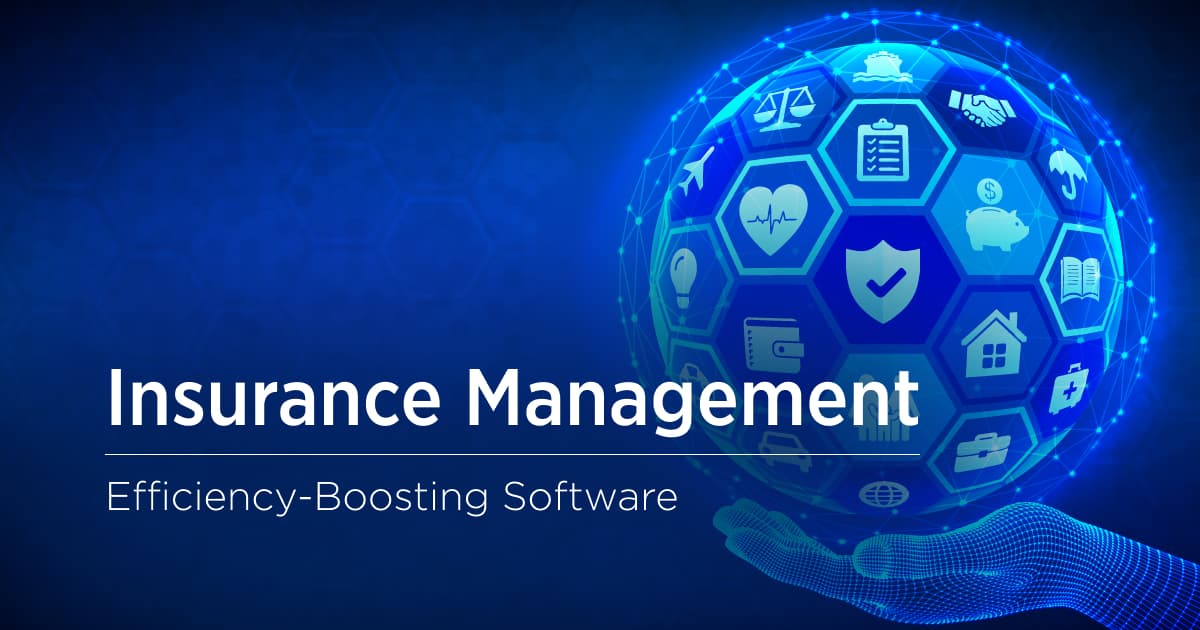Artificial intelligence (AI) is transforming virtually every industry, and the insurance sector is no exception. As insurers face pressure to operate more efficiently and improve customer satisfaction, many view AI-powered solutions as the way forward. This article explores how AI is revolutionizing insurance claims management – from processing claims faster to detecting fraud more accurately.
Streamlining Claims Management
For most insurers, claims processing remains predominantly manual. Underwriters must comb through paperwork, assess damages, determine liability, and finalize settlements. This time-intensive process often leads to large backlogs. AI promises to automate repetitive tasks, freeing up staff to focus on more complex claims.
Specifically, AI can help with:
- Data Extraction: Modern AI systems can scan and extract key details from documents like medical bills, police reports, or auto repair estimations.
- Comprehending Claim Descriptions: Natural language processing helps make sense of vague, inconsistent claims descriptions submitted by policyholders.
- Centralizing Relevant Information: Relevant extracted data and documents are compiled in centralized platforms for easy access by claims agents.
Together, these capabilities help pull the right information into standardized formats upfront, minimizing manual document review.
Accelerating Claims Processing
Insurers like Geico and Progressive use rules-based AI algorithms to classify and prioritize incoming claims. Minor fender-benders can be fast-tracked for approval, while suspicious, incomplete, or complex claims are flagged for further scrutiny. This triage approach ensures urgent and straightforward cases don’t get overlooked in the shuffle.

Chatbots and virtual claims assistants also speed up initial interactions. Policyholders can report claims quickly 24/7 without waiting on hold or navigating phone trees. Bots can gather basic details, provide status updates, and document submission instructions, and even resolve common issues like deadline extensions or missing document requests. This significantly improves customer experience while reducing call volume for human agents.
Detecting Fraudulent Claims
Fraud costs the insurance industry over $40 billion annually. Everything from staged accidents to doctored garage bills and exaggerated injury claims siphon billions from insurer bottom lines.
AI has proven exceptionally adept at detecting even well-disguised fraudulent claims patterns, saving insurers significant sums:
- Staged Crashes: AI analyzes claim data across insurers to identify suspicious coordinated claims indicating orchestrated pile-ups.
- Provider Rings: Models uncover networks of corrupt repair shops, physicians, or lawyers filing inflated or outright false claims.
- Soft Fraud: Seemingly minor inconsistencies can reveal exaggerations or manufactured damages. This “soft fraud” now accounts for around 10%-20% of all claims, according to ValuePenguin.
As AI gets better at catching various fraud schemes upfront, it serves as a powerful deterrent to would-be scammers. Preventing bogus claims on the front end avoids much larger losses down the line.
Personalizing Premiums and Coverage
Insurers have long relied on broad demographic data to assess generalized risk levels across customer groups as a whole. But AI empowers carriers to evaluate policies and premiums on a far more individualized basis in alignment with a person or family’s unique characteristics and behaviors.
Relevant risk factors assessed may include:
- Driving habits monitored via telemetry devices
- Home safety measures like alarm systems and fire extinguishers
- Physical activity and health data from fitness trackers
- Presence safety sensors and camera monitoring
By incorporating these previously inaccessible insights, insurers can price policies, deductibles, and coverage options aligned to highly specific risk levels. Customers pay rates fairly aligned to their individual situations and behaviors, resulting in greater customer satisfaction.
Overcoming AI Adoption Challenges
While promising, barriers exist to large-scale AI adoption across the insurance industry. Many insurers still rely on decades old, patchwork IT systems that don’t easily integrate centralized data lakes, analytics platforms, and machine learning model deployment. Migrating legacy data and workflows into modern architectures can prove complex, risky, costly, and time consuming.

Internal resistance also stands in the way. Some underwriters, agents, and claims adjusters view AI warily, fearing it will make their roles obsolete. Insurers must combat this view, emphasizing how AI will instead augment human capabilities rather than wholesale replace jobs.
Extensive retraining on things like interpreting analytics dashboards will be required as staff take on more specialized, higher value roles. Those who fail to skill up on digital capabilities may soon be left behind.
Addressing Ethics and Oversight Concerns
As algorithmic systems extend across the insurance industry, questions around ethics, privacy, accountability, and oversight inevitably arise.
Insurers must take proactive steps to ensure AI systems are free from biases based on race, gender, income levels, zip codes, credit scores, or other attributes that could reinforce discrimination against protected groups. AI models should align with principles of fairness and non-discrimination from the outset.
Appropriate data governance controls must also be implemented to comply with regulations like GDPR. And model risk management functions are needed to continuously audit systems, ensure transparency, and remain vigilant for unintended consequences that could emerge over time. Staying ahead of pending AI regulations will enable full legal compliance.
The Future of AI in Insurance
Expect AI insurance use cases and adoption rates to multiply rapidly in coming years as computing power improves alongside invested data science talent. By end of decade, AI could overhaul multiple aspects of the insurance value chain:
Claims and Underwriting
- Automated damage assessment via uploaded photos or real-time sensor data
- Instant claim triaging, routing, and processing with minimal human input
- Fully automated policy pricing aligned to shifting consumer risk factors
Customer Experience
- AI-powered apps for self-service policy management
- Smart home devices that prevent losses and lower premiums
- Personalized discounts and loyalty perks customized by usage
Operations and Fraud
- End-to-end process automation reducing overhead by 80%+
While AI unlocks undeniable efficiency gains, the thoughtful human touch remains invaluable for assessing complex claims situations. The best approach blends automation with human empathy, experience, and discretion at key moments. Get this formula right, and insurers can transform customer satisfaction while securing their own long-term prosperity.
Conclusion

Streamlining and error-proofing insurance claims handling while improving fraud detection confers tremendous competitive advantages. AI solutions enable insurers to boost efficiency, reduce expenses, and personalize policies like never before.
However, capturing AI’s full potential requires overcoming adoption barriers around systems integration, internal buy-in, and budget. Managing ethics and regulatory concerns is equally vital. Companies investing now to foster responsible AI usage will be poised to disrupt the entire sector in the years ahead.
Ready to harness the full potential of AI in your insurance operations? From policy administration to tech support, we offer a range of services to help you overcome challenges and boost efficiency. Discover how we can help your company thrive.






